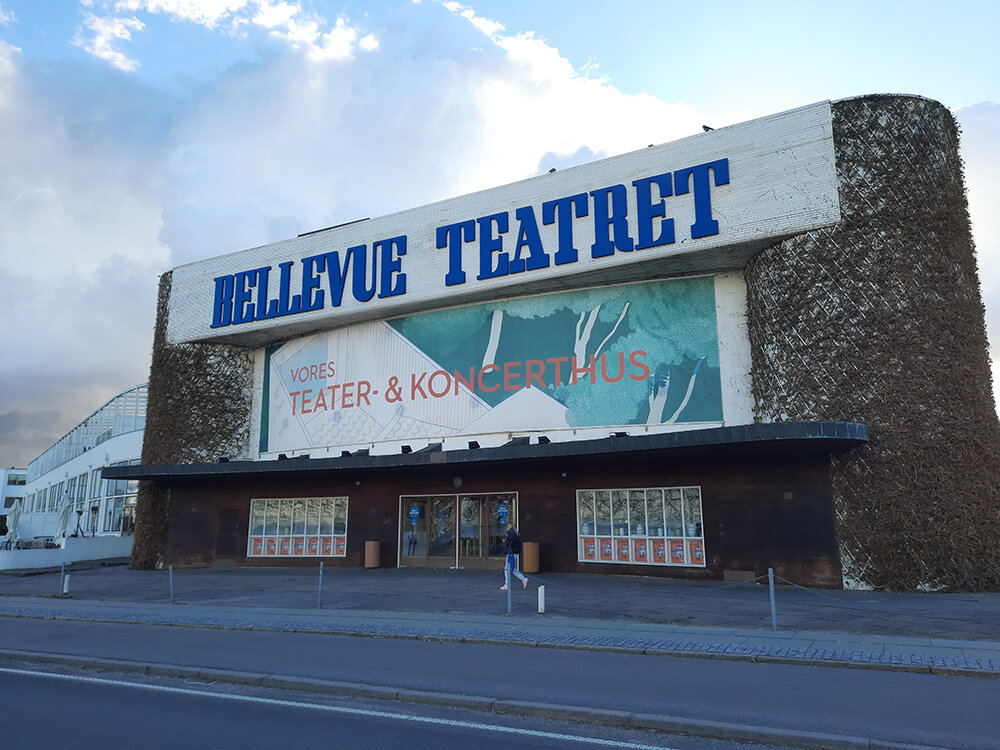
Culinary guides of Copenhagen presents:
Søllerød, Zealand
Silver coast and gourmet taste
The eastern coastline, with Sweden seen in the distance, is the route that we take and has always been one the aristocats and well-to-do Danes travelled when looking to get out of the city and enjoy fresh air, fresh foods and comfortable circumstances.
Already in 1888, Copenhageners knew this area was in focus and that is why we see a giant, nearly 100feet tall Tuborg Beer bottle. It was the first year bottled beer existed and it also contains the first elevator in Denmark. Why here? It was an advertising gimmick back then, the brewery was near by and locals had disposable income.
Ordrupgaard is also a testimony to the grandeur of Standvejen. The estate turned museum is 102 years old now. The estate was owned by Wilhelm Hansen, a wealthy business man, who loved French impressionist art and opened his home and collection to the public in 1918. Before that the estate reached all the way across the road and to the Sound with an open view to the water.
Copenhagen has always been and still is, a fortified city. Charlottenlund Fort is the last bastion on land, with two artifical military islands directly opposite at the harbours entrance. We see canons and ramparts still in place.
Another curious building along the coast is the exclusive Charlottenlund Bathing club. There are year long waiting lists to join, and please note members swim all year long (some with or without bathing suits) a very Scandinavian tradition.
Soon we see very modern area called Bellevue. A Bauhaus style community designed by Arne Jacobsen in the 1930s. It includes an exclusive apartment complex (Bellevista) , a theater and a beach and even a gas station. This community is populated by people who want to be seen and do not mind showing it. Let’s try a tasting while we are here.
We are at the mouth of the Green Belt starting with the Dyrehaven (royal hunting grounds), charming fishing community Tårbæk, and an important Mill factory. The beginnings of the Danish industrial industry started nearby. Also popular in the late 1800s was the concept of taking waters, promenading in the fresh air. At Skodsborg they hosted King Frederik 7 and his consort Countess Danner on a frequent basis, we pass by their grotto and small palace used for recreation. Now-a-days the area is called the Whisky belt which has less positive connotations.
The British invaded Denmark in 1807, we were on the wrong side of the Napolenic wars! At one point they moored at Vedbæk harbor and 20.000 troops marched on Copenhagen. Vedbæk harbor being significant due to its depth. Vedbæk is also where steam ships sailed holiday makers to take a respit from the city in the centuries to follow.
But in the century before, Vedbæk hosted the young Queen Caroline Mathilde in her summer palace. She was having a love affair with the King’s private doctor so the location was quite convenient. We join the merriment as we shop at the Fruit plantation’s fruit stand. They offer gourmet juices, jams, Gin and eau de vie! Many other nobles had their estates in this area and we can glimpse them on our way to our destination of Søllerød.
We have the exclusive use of the local, thatched roof museum to get a feel for how the well established lived in the 1700s before going over to our Michelin, gourmet lunch at Søllerød Kro. Here we will enjoy a full menu including wine and other refreshments. Velbekomme!
Tour by motor vehicle:
Duration of approximately 4.0 hours. Not not recommended for disabilities/wheelchairs
Guide:
All tours are subject to change due to availability of venues.
Tastings:
Outdoors and sit-down restaurant. Please advise of any dietary considerations in advance.
S-train/bus:
Meeting at Svanemølle station
Price:
1300DKK per person, exclusive transportation. Transportation costs will depend on how many persons in your group. We expect the cost to be approx. 350DKK per person on average. Max. 12 persons in a group.






